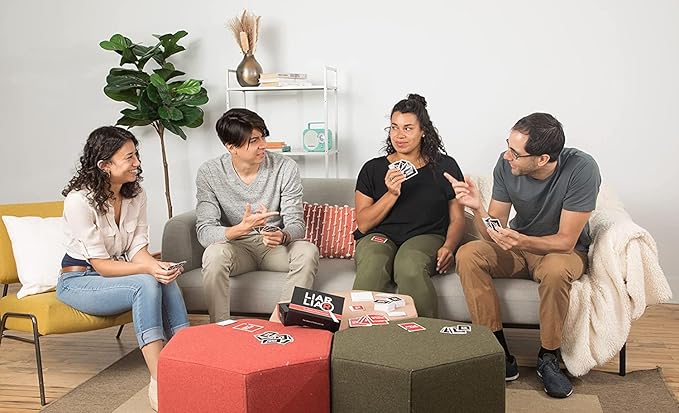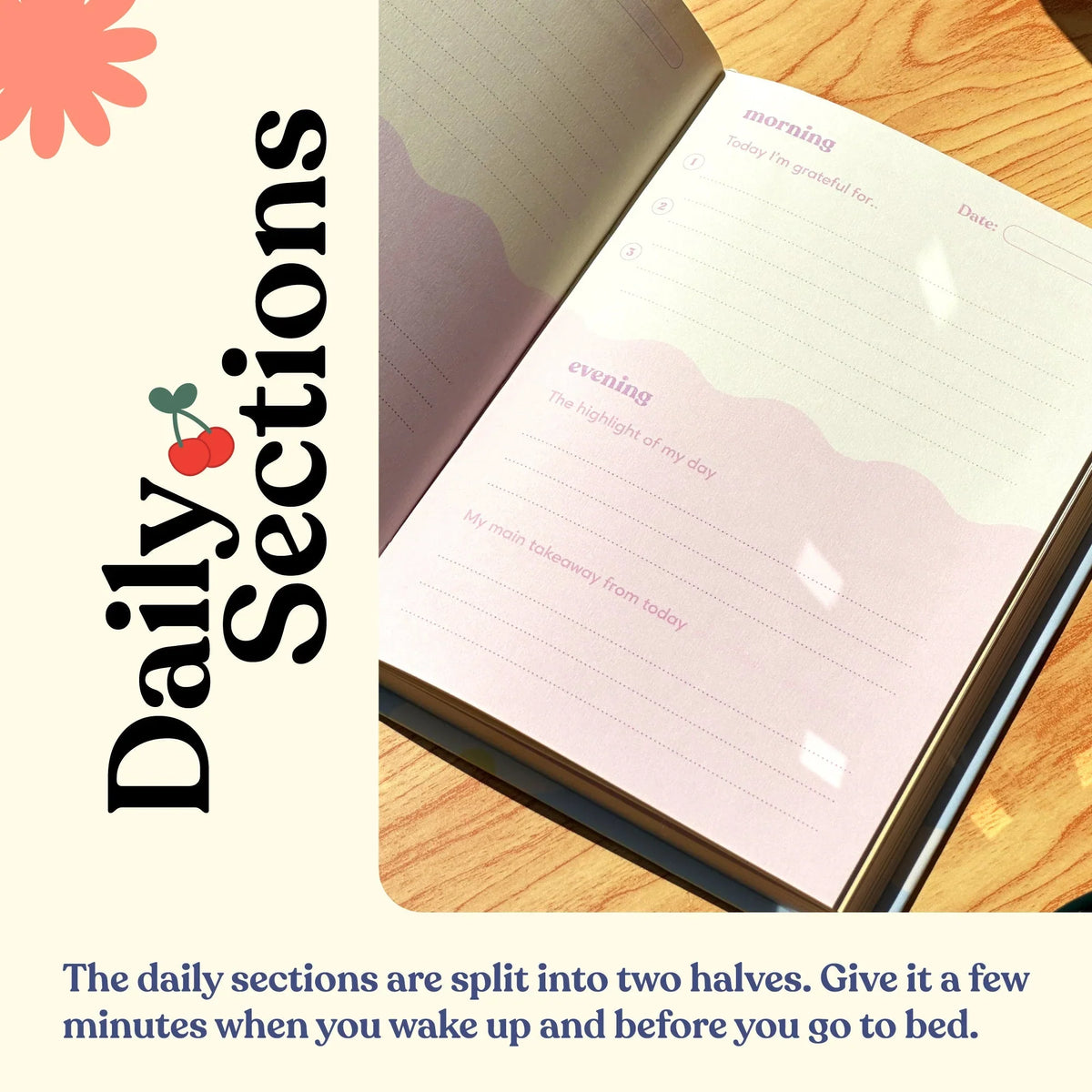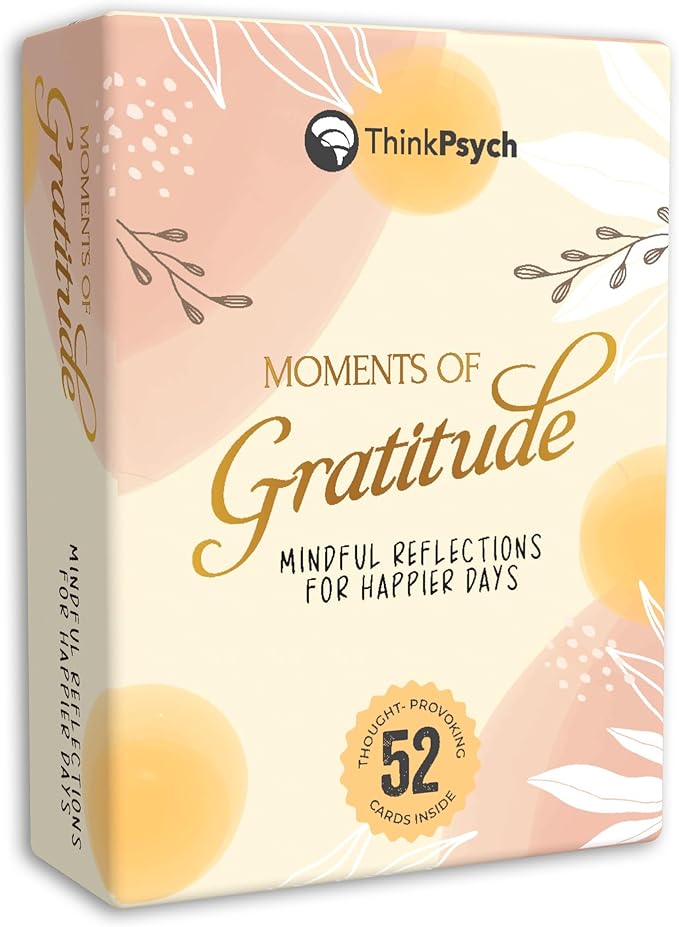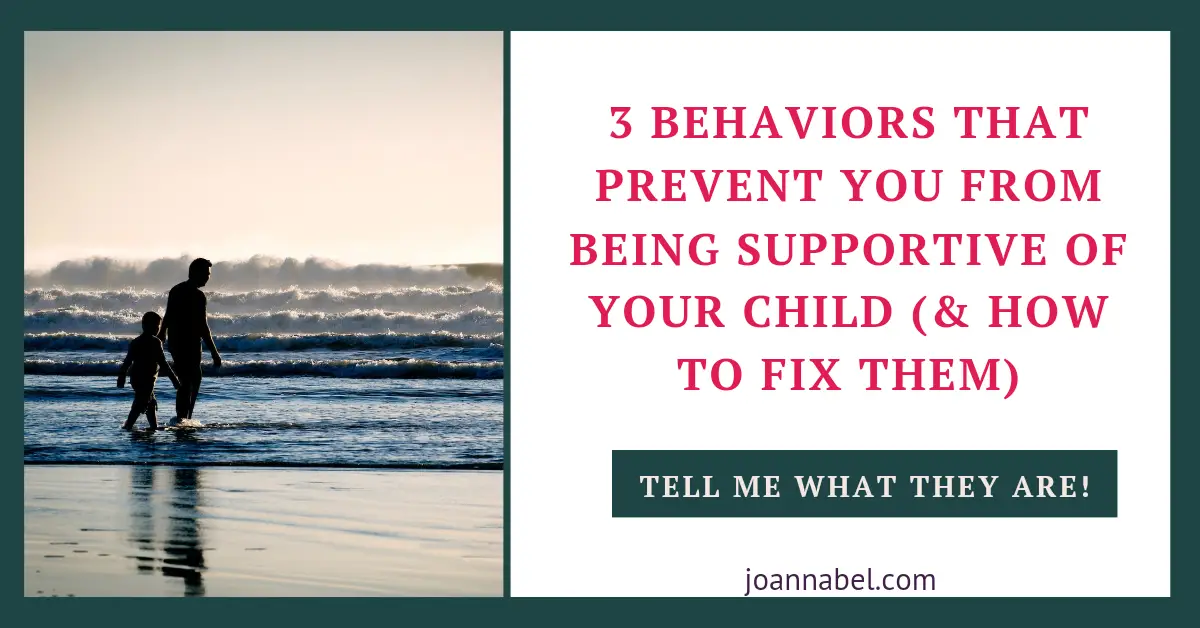Modern families face numerous challenges in maintaining their wellness. Between work schedules, school activities, and daily responsibilities, it may seem like there’s no time left to exercise or cook a healthy meal. However, learning how to create a healthier routine for you and your kids doesn’t have to mean a complete lifestyle overhaul.

How To Create A Healthier Routine For You And Your Kids
This guide offers a few powerful ideas to transform your family’s daily habits into opportunities for better health and stronger connections.
And to make these changes truly stick, we’ll also explore how a particular parenting style can help you build routines that feel less like a push-and-pull and more like a team effort without constant reminders, resistance, or stress.
Note: Although I am a Clinical Social Worker, engaging with this website does not establish a professional social worker-client relationship. The information provided here is for general purposes only and should not be considered professional advice. While we strive to ensure accuracy and reliability, this content is not a substitute for professional guidance. For specific concerns, issues, or situations, it is essential to consult a qualified professional and present your situation. Read the full Disclaimer here.
This post has affiliate links which means that we make a commission from qualifying purchases at no additional cost to you. For more information read our Affiliate disclosure.
Prioritize Rest (You Can Focus On Sleep)
Prioritize rest in the way that’s most useful for your routines and schedules. For many a good way to go about this is to have a good night sleep regularly.
We’re all different but in general stable sleep schedules benefit the entire family’s physical and mental health.
Establish bedtime routines that signal it’s time to wind down.
This routine might include dimming lights or reading stories if your kids are younger. Or creating sleep-friendly environments by keeping family bedrooms cool, dark, and quiet.
Removing electronic devices from sleeping areas and adhering to regular bedtimes are also good ideas.
Make Movement A Daily Habit
You don’t need a gym membership to be active. Go for family walks, having a fun time by dancing in the living room, or play tag in the backyard.
Aim for at least 30 minutes of physical activity a day for everyone.
If your kids enjoy swimming, that’s another great option.
There are many ways swimming can benefit mental health while strengthening the body.
Whatever sport activity you see your kids are drawn to is a good choice because it’ll be easier for them to stick to it.
This is a better option than if you were to try to make them be into activities you’d like them to engage in for any reason whatsoever.
Start Preparing Nutritious Meals Together
If you’re trying to eat healthier, involve your children in meal prep when possible. They’re more likely to try new foods they helped create.
To make nutritious meals, focus on balanced, colorful plates that include fruits, vegetables, whole grains, and lean proteins.
For emphasizing nutritious eating, keep healthy snacks visible and accessible. When healthy options are the easiest choice, it’s easier for your family to gravitate toward them and then make a habit out if this.
You can place fresh fruit on the counter, prepare cut vegetables in advance, and limit processed foods in your pantry.
Create Tech-Free Zones

Designate specific times and spaces where devices are off-limits for everyone. This designation might include the dinner table or the first thirty minutes after everyone arrives home.
These boundaries encourage face-to-face conversation and help your family disconnect from digital distractions.
Use this time for activities that strengthen bonds. Try reading together, playing board games, or simply talking about each person’s day.
These moments create lasting memories while naturally reducing screen time.
If you’d like to get a new board game offering a fun and easy way to include everyone, check out this (a little unorthodox) one:
Paid Link: Liar Liar Party Board Game – The Family Card Game of Truths and Lies – for Kids, Tweens, Teens, College Students, Adults, Friends and Families
Liar Liar is a fun, family-friendly card game suitable for all ages, including adults, teens, and kids.
Players take turns sharing statements about themselves, while others try to determine who is lying.
Each round involves telling a truth or a lie based on assigned roles, with points awarded for correctly guessing or deceiving others.
With 200 topic cards and simple rules, it’s an excellent choice for exchanges and family gatherings. This way players spend quality, uninterrupted time together building connections and strengthening bonds.
Include (Spiritual) Practices Such As Mindfulness, Meditation, Gratitude
Mental and spiritual wellness is just as important as physical health. Start the day with a few minutes of mindfulness or deep breathing and model positive coping strategies.
Here are some resources if you’d like to start a meditation practice, even though in theory you don’t need to buy anything if you don’t need or want to. In case you do, check these out:
- Meditation Cushions (Zafus) and Mats: Comfort is essential during meditation. Meditation cushions (zafus) and mats provide a comfortable and supportive surface to sit or kneel on during meditation sessions.
- Meditation Benches (Seiza Bench): A meditation bench, or seiza bench, can be used to kneel comfortably during meditation, relieving pressure on the legs and back.
- Meditation Timer or Bell: A meditation timer or bell can be set to ring at specific intervals to signal the start or end of a meditation session or to remind you to shift your focus during longer sessions.
- Meditation Music and Sounds: Soothing music, nature sounds, or white noise can create a calming atmosphere during meditation. Some apps and websites provide ambient sounds for meditation.
- Mala Beads: Mala beads are used as a tactile and visual aid during meditation. Practitioners can use them to count breaths, mantras, or repetitions of affirmations.
- Aromatherapy Oils(paid link) and Diffusers (paid link): Aromatherapy oils like lavender, frankincense, or sandalwood can be diffused to create a calming and sensory-rich environment for meditation.
- Breathing Exercise Tools: These tools, such as breathing apps or devices, guide users through different breathing exercises, including deep breathing and pranayama techniques.
- Meditation Books: Books on mindfulness and meditation offer valuable insights and instructions for developing a meditation practice and cultivating mindfulness in daily life.
- Binaural Beats: Audio tracks with binaural beats are designed to induce specific brainwave states, aiding in relaxation and deepening meditation experiences.
- Biofeedback Devices: Advanced biofeedback devices can provide real-time data on physiological responses, helping individuals monitor their stress levels and learn to manage them through meditation.
- Guided Meditation Recordings: These audio recordings are led by experienced meditation teachers and provide step-by-step guidance for various meditation practices, making them suitable for beginners.
- Mediation app or platform provides tools for relaxation, mental and spiritual growth, and mental well-being, accessible anytime, anywhere.
- Meditation Retreats: Attending meditation retreats or workshops led by experienced teachers can be a transformative experience for deepening one’s practice.
Gratitude practice is another fun way to shift focus toward the positive that’s known to have many mental and physical health benefits.
Invite your kids to share three things they’re thankful for each night before they go to bed. These moments help build emotional bandwidth and reduce stress for everyone.
If gratitude is your preference, check out gratitude journals from Notcoy. Here’s an example, but you can find more on their site after you check this one out to find the perfect one(s).
SHOW UP FOR YOURSELF GRATITUDE JOURNAL
If your would benefit from transforming your daily routine with the power of gratitude, scientifically proven to produce a number of benefits to physical and mental health, such as better sleep, improved mood and a boosted immune system, consider getting the Show Up For Yourself Gratitude Journal.
You can experience more fulfillment and tranquility as you’re guided through six months of self-discovery, getting an opportunity each day to cultivate a higher level of positivity and reduce stress. And indulge in daily reflections featuring morning and evening sections to start and end the day on a positive note.
By regularly noting down things to be grateful for, anyone can begin shifting attitude from self-criticism to self-appreciation. Additionally, prompts within the journal can invite to acknowledge strengths, accomplishments, and moments of personal growth, reinforcing a sense of self-worth.
Conveniently, this journal’s undated pages ensure you can pick up right where you left off, fostering consistency without pressure. USE A PROMO CODE AVAILABLE FOR JOANNA BEL READERS: 10-JOVANA.
You could combine it with a gratitude card deck.
Paid link: Moments of Gratitude – 52 Reflection Cards for Positivity & Mindfulness
Cultivate gratitude with this deck of 52 thoughtfully designed cards, each offering a unique prompt to help you reflect on the good in your life.
Created by psychologists, these science-backed exercises support mindfulness, improve mood, and encourage positive mental habits.
It can be used for journaling, meditation, or daily inspiration, making a meaningful item for anyone seeking more joy and appreciation in their everyday moments.
And if you’re wondering how to make all of these changes feel natural and not forced—there’s one parenting style that ties it all together.
Cultivate A Democratic Parenting Style
Healthy routines stick better when your parenting style supports collaboration and mutual respect. That’s why adopting a democratic (authoritative) approach is so effective—it blends structure with empathy and invites your child into the process.
Here’s how to apply it:
- Set clear rules—but allow questions and input: Explain the “why” behind routines and ask for your child’s ideas concerning lifestyle choices. This helps them feel ownership over family habits.
- Make decisions together: Whether it’s planning meals or picking a bedtime routine, let your child participate in the decision-making on matters that affect them. They’re more likely to cooperate when they feel included.
- Focus on teaching, not controlling: Guide with respect and logic, not force. Instead of “Because I said so,” try “What will help us wind down after dinner?”
- Use routines to connect: Cook together, practice gratitude, or talk during a walk. These moments build bonds while supporting wellness.
- Allow independence and natural consequences: Let kids learn from experience while offering support. It teaches responsibility and builds self-awareness.
Democratic parenting turns routines into shared experiences not battles and that’s the key to making healthy habits last.
Stick With Your Routines And Adjust If Necessary
Creating a new routine takes time, and it’s okay if you don’t get it perfect from the start. What matters most is staying persistent and your intention.
Be flexible and make adjustments when something isn’t working.
For example, if mornings are chaotic, prepare lunches the night before. Small tweaks can make a big difference.
Latest Posts:
- Ways To Help Your Child Mentally Prepare for a Move

- Why Family History Is the Best History Lesson for Kids

- 5 Reasons Why Family Reunions Are Important for Kids

- How To Create A Healthier Routine For You And Your Kids

- Gifts For A Kind Person (9 No-Brainer But Great Picks)

- 4 Ways To Get Your Teen Excited for High School

FINAL THOUGHTS ON CREATING A HEALTHIER ROUTINE FOR YOU AND YOUR KIDS
Ultimately, learning how to create a healthier routine for you and your kids is less about memorizing rigid rules and more about building a lifestyle that supports your family’s well-being.
See how your family thrives when you prioritize rest, nutrition, and movement.
If you found this helpful, also check out:











Leave a Reply